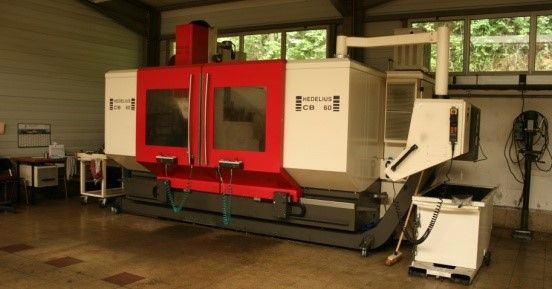
Download mount preselection software
Paulstrasoft software allows you to determine the anti-vibration solution that meets your expectations.
Download
Hutchinson Paulstra designs and develops active anti-vibration control systems, which are more effective than so-called "passive" solutions, especially in low-frequency areas.
Find out more about our STRACTIVE range of active control systems and their many applications.
Do not hesitate to contact us for a vibro-acoustic diagnosis of your premises.
string(2) "en"